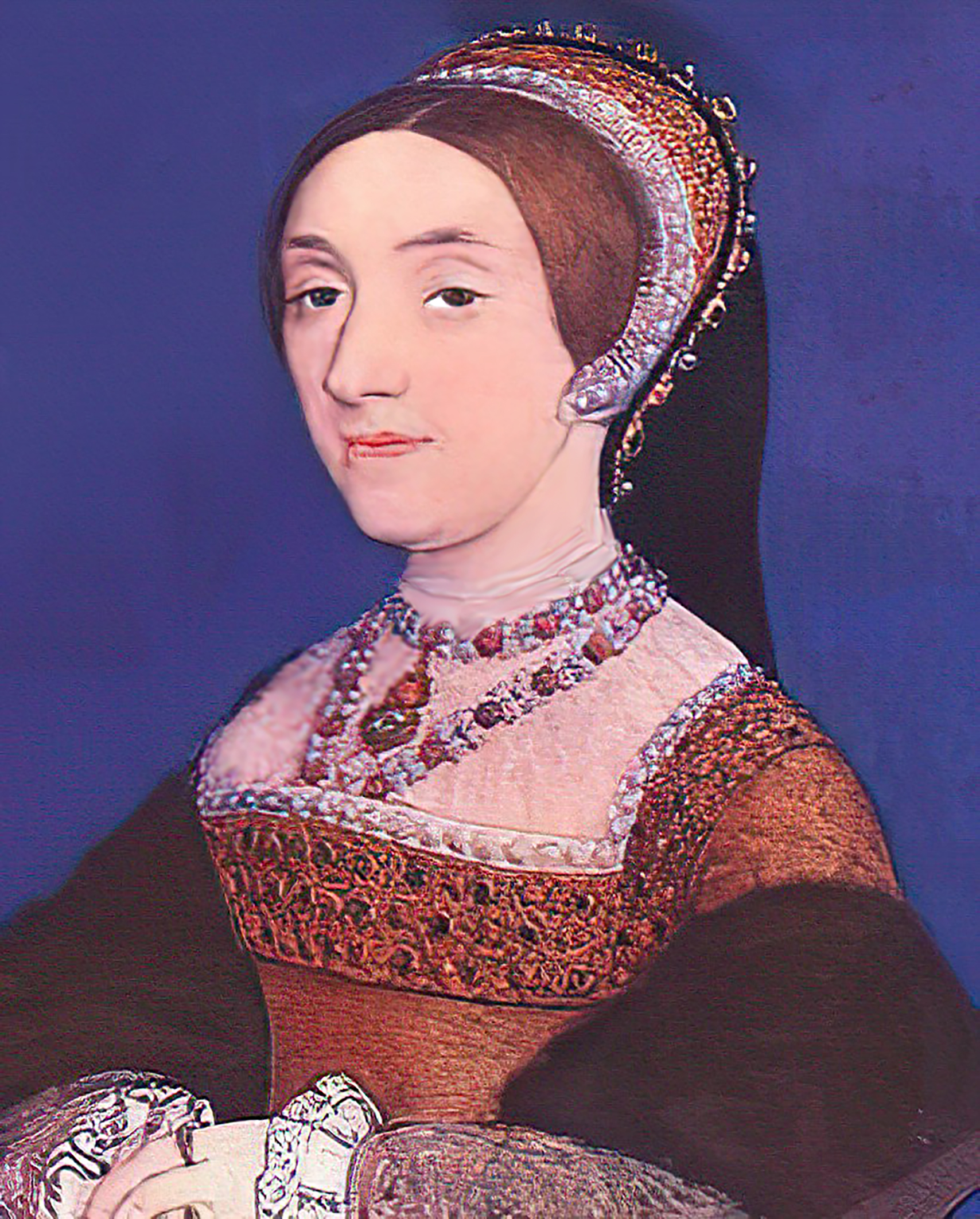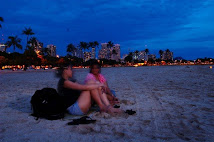 You might think that a singleton like myself would remain cynical about weddings, after having attended more than a fair share of them. That, unfortunately, is not the case - and not because the reception gives me too many opportunities to indulge in cake and champagne while secretly bemoaning the absences of Vince Vaughn and Owen Wilson. The local weddings I've attended in Honolulu have always been such happy, family-oriented affairs, and if there were any humorless Bridezilla moments - other than the ones that may have been instigated by certain bridesmaids (*ahem* yours truly *ahem*) - I should count myself glad to not have been subjected to them.
You might think that a singleton like myself would remain cynical about weddings, after having attended more than a fair share of them. That, unfortunately, is not the case - and not because the reception gives me too many opportunities to indulge in cake and champagne while secretly bemoaning the absences of Vince Vaughn and Owen Wilson. The local weddings I've attended in Honolulu have always been such happy, family-oriented affairs, and if there were any humorless Bridezilla moments - other than the ones that may have been instigated by certain bridesmaids (*ahem* yours truly *ahem*) - I should count myself glad to not have been subjected to them.I guess this is the part where I tell you that Gabriel Garcia Marquez must be an artist and a genius for making me feel this way as a reader, blah blah blah, but: no, sorry. That death scene - described repeatedly in both foreshadowing and flashback form -was so grotesque that I couldn't even look at a ham sandwich for days.
 On Chesil Beach may have had the bad food and appetite-killing sex scenes, but it's a mere trifle compared to the real-life wedding night woes of Matthew Lickona. Without giving much of the book away - and this is just but one chapter of many in this book of "confessions" - let's just boil it down to the particulars: Let's just say that you're a devout Catholic, and you've waited longer than forever to finally say your vows before man and God. You know - or you think you know - that you don't want kids, but you can't use birth control outside of Natural Family Planning. So what happens, then, when your wedding night approaches... and you find out that your lovely bride... is in the middle of her ovulation cycle?
On Chesil Beach may have had the bad food and appetite-killing sex scenes, but it's a mere trifle compared to the real-life wedding night woes of Matthew Lickona. Without giving much of the book away - and this is just but one chapter of many in this book of "confessions" - let's just boil it down to the particulars: Let's just say that you're a devout Catholic, and you've waited longer than forever to finally say your vows before man and God. You know - or you think you know - that you don't want kids, but you can't use birth control outside of Natural Family Planning. So what happens, then, when your wedding night approaches... and you find out that your lovely bride... is in the middle of her ovulation cycle? Thankfully for the rest of us, Lickona spares us the gory details (he is, after all, a Catholic writer and a married man), but he does handle what could've been scandalous subject matter with a healthy dose of humor - and not a hint of Joshua Harris-esque sermonizing. Not only do he and his wife stay together and consummate the marriage, but they also go on to become parents themselves. Five times over, as a matter of fact. (Thank God for tequila.)
Simoun then tells Basilio his plan at the wedding of of Paulita Gomez and Juanito, Basilio’s hunch-backed classmate. His plan was to conceal an explosive inside a lamp that Simoun will give to the newlyweds as a gift during the wedding reception. The reception will take place at the former home of Captain Tiago, which was now filled with explosives planted by Simoun. According to Simoun, the lamp will stay lighted for only 20 minutes before it flickers; if someone attempts to turn the wick, it will explode and kill everyone inside the house. Basilio has a change of heart and attempts to warn the people inside, including Isagani, his friend and the former boyfriend of Paulita. Simoun leaves the reception early as planned and leaves a note behind..
[edited to remove GIGANTIC SPOILER for those of you who have not read the book at all]
As people begin to panic, the lamp flickers. Father Irene tries to turn the wick up when Isagani, due to his undying love for Paulita, bursts in the room and throws the lamp into the river. He escapes by diving into the river...
...And yet, Paulita Gomez remains married to the hunchback. Gee, "thanks."
*EDITED 05/01/2008: For those of you who have read Like Water for Chocolate, the "triumphant wedding" that I referred to in this section is actually not between Tita and Pedro. To say anything more would be to give away the massive spoiler of the ending (and I should know, having watched this movie so many times in college that even my frat-boy housemates have started saying "te amo" to each other)... so until then, my apologies.









































